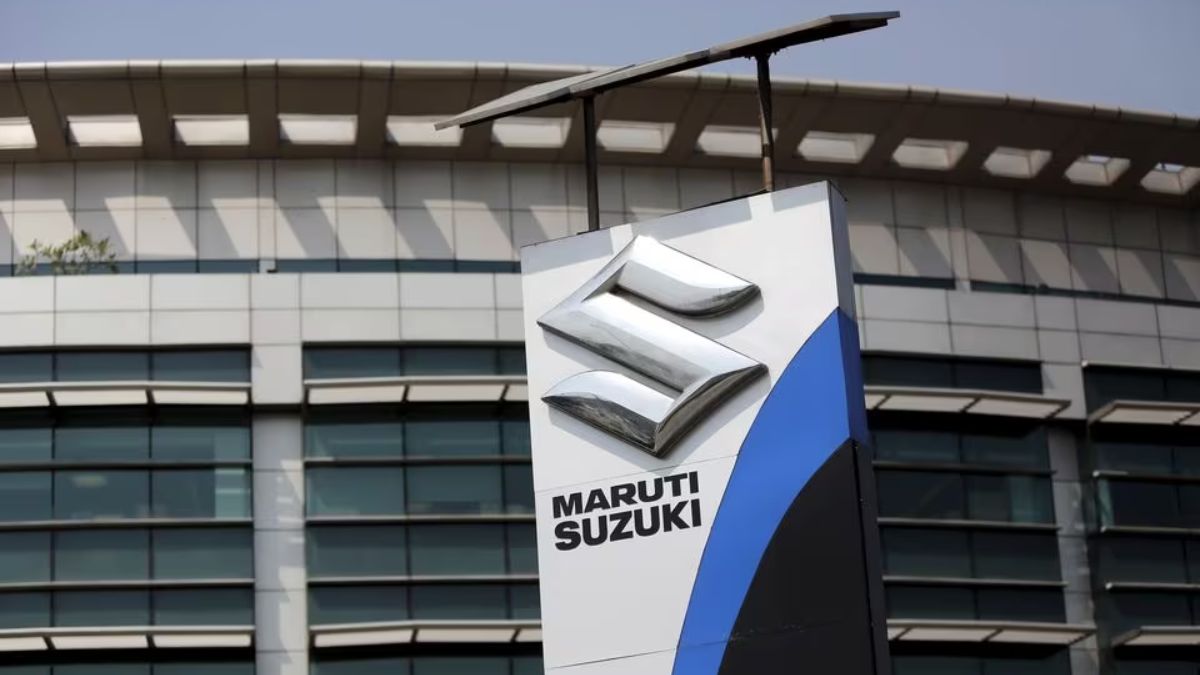- By Divanshi Sharma
- Thu, 08 Feb 2024 02:51 PM (IST)
- Source:JND
The automotive industry of India has been witnessing rapid growth in terms of electrification in vehicles in the country. Most manufacturers have been introducing electric vehicles in the country, to keep up with the ongoing trend. However, it has also been observed that vehicles with hybrid technology are also gaining popularity among consumers. There are very limited hybrid models available in the market, mainly by two manufacturers - Maruti Suzuki and Toyota Motors.
ALSO READ: Okaya EV's Scoobike MotoFaast 35 Launched In India; Check Price, Range, Features And More
Maruti Suzuki is specifically paying significant attention towards hybrid vehicles, owing to the success achieved with the Grand Vitara Hybrid model. The Maruti Suzuki Grand Vitara Hybrid was developed using Toyota's renowned hybrid powertrain, resulting in Grand Vitara Hybrid constituting approximately 15 to 20 per cent of total Grand Vitara sales in 2023. With the introduction of the Innova Hycross-based Invicto MPV in 2023 and the upcoming three-row variant of the Grand Vitara which is expected to be launched in 2025, Maruti Suzuki's hybrid portfolio is set to be further expanded.
Aligning with this, a report by Autocar suggests that Maruti Suzuki is planning to increase hybrid models in its lineup by introducing hybrid variants of the Fronx, Baleno, Swift and a small MPV in mass segments which are all currently under development. In another significant development, Maruti Suzuki will also not be utilising Toyota's series-parallel hybrid system for the development of these hybrid models. Instead, Maruti Suzuki is developing an in-house and cost-effective series hybrid powertrain.
ALSO READ: Maruti Suzuki Asked To Refund Full Car Price To Customer After Brutal Accident In Kerala; Know Why
Maruti Suzuki's new series hybrid powertrain is expected to be notably more cost-effective to manufacture compared to both series-parallel and parallel-only hybrids. This strategic choice is primarily driven by the carmaker's aim to reduce high input costs associated with developing powertrains which include an internal combustion engine, electric motor and battery.

